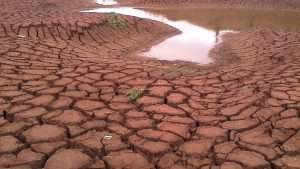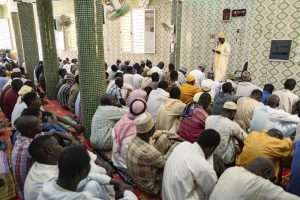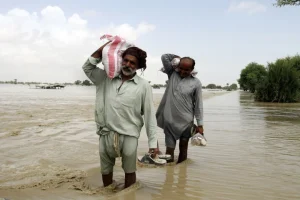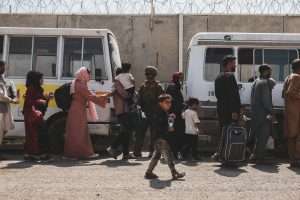Climate change disproportionately impacts women in the MENA region
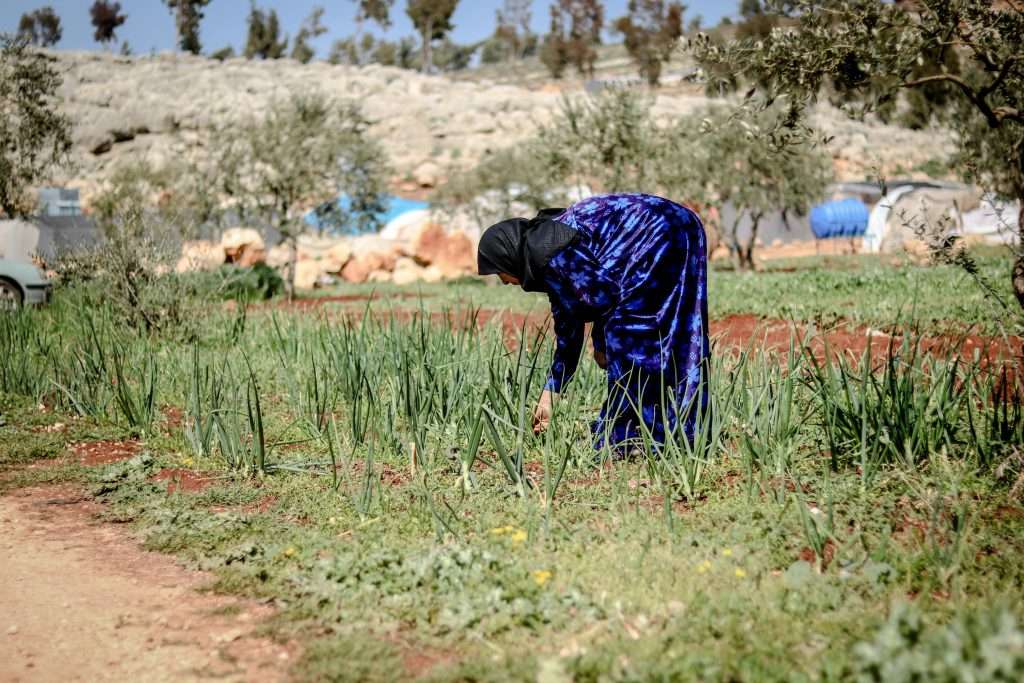
Climate change is disproportionately impacting women in the MENA region, a new study published by Oxfam on June 10th has found. As well as poverty, the report said that climate crises are intrinsically linked to gender. Gender inequality has inherently made women and girls particularly vulnerable to the impact of weather extremes all over the world.
While global warming has led to warmer summers in the UK, in the MENA region, climate change has simply resulted in less predictable weather patterns, food insecurity, less access to safe water and homelessness. For women and girls in the region, these unforeseen circumstances pose as new threats to their rights.
For women living in poverty-stricken areas, dangerous weather events, droughts and failed harvests can become tragedies. Each year, Action Aid reported that many young girls’ are stripped of an education and moved into domestic job roles, due to weather disasters like floods or droughts that have caused household insecurities. The international charity also noted that nine in 10 countries worldwide have laws impeding women’s economic opportunities, including a ban on women working at night or seeking employment without their husband’s permission.
As global warming pushes families deeper into poverty, with limited options, daughters are often forced into an early marriage.
“If we think about the impact of climate change, men are directly affected as they are at the front line, while the consequences of the impact affect women such as violence against women and marginalised groups of the pressure to rationalise resources,” one female participant of a Focus Group Discussion conducted by NGOs in Erbil, northern Iraq, said.
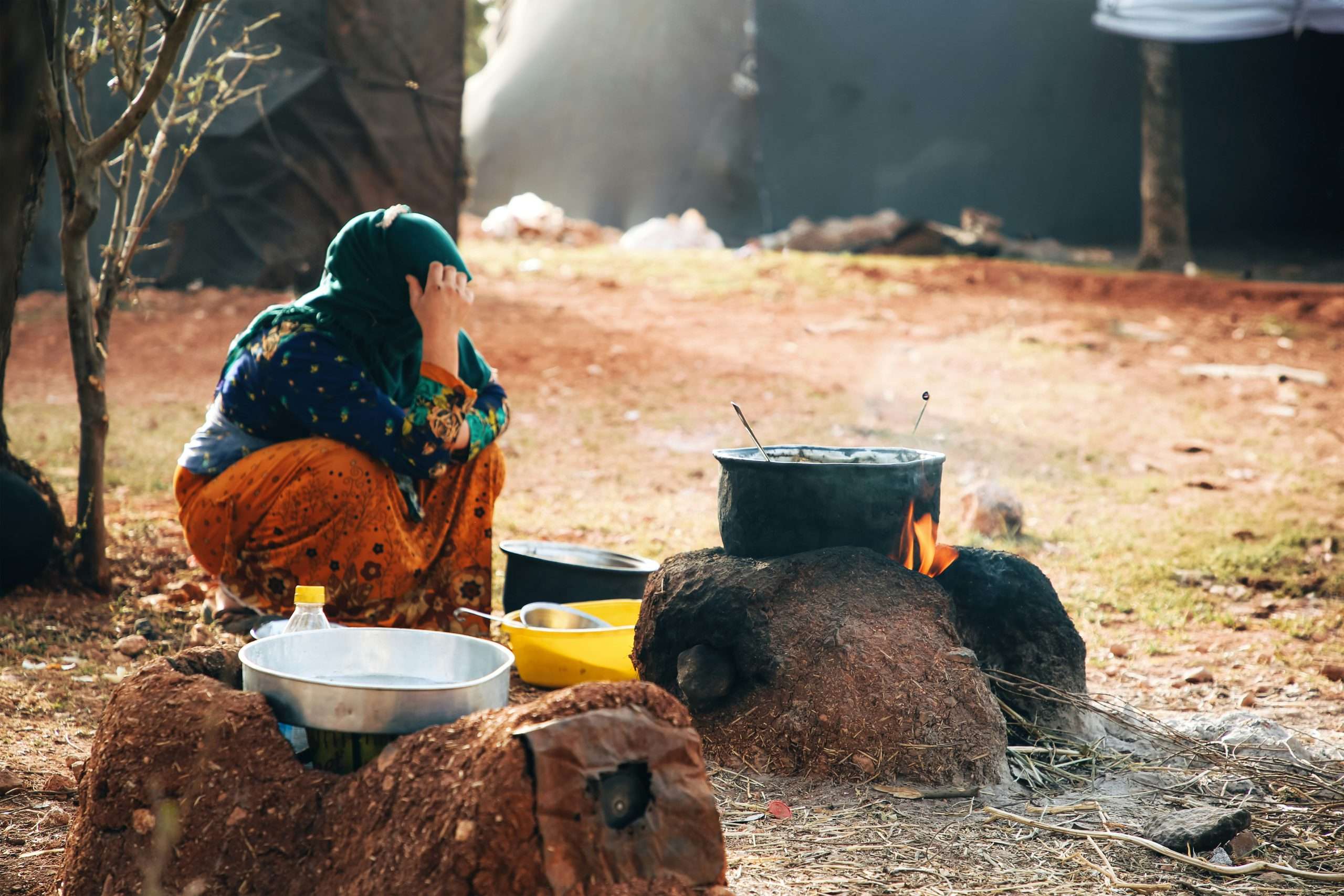
Women, climate change and cancer:
An article published in the journal Frontiers in Public Health also found that women in the Middle East and North Africa in particular, are disproportionately impacted by climate change. Scientists investigating the fact linked rising temperatures to the increase of breast, ovarian, cervical and uterine cancers.
In 17 countries across the Middle East and North Africa, an increase in cancer growths and deaths among women was recorded. Scientists have since attributed the mortality rate to an increase in the average temperature on the planet. The MENA countries studied by the researchers include Algeria, Bahrain, Egypt, Iran, Iraq, Jordan, Kuwait, Lebanon, Libya, Morocco, Oman, Qatar, Saudia Arabia, Syria, Tunisia, United Arab Emirates, and Palestine.
Between 1998 and 2019, the prevalence of cancer surged from 173 to 280 cases per 100,000 population. Over the 21 years, scientists found that mortality rose from 171 to 332 cases per 100,000 women.
In the MENA region, where temperatures are expected to jump up by four degrees Celsius by 2050, cancers are becoming more common and deadly with each degree rise in temperature.
“As temperatures rise, cancer mortality among women also rises — particularly for ovarian and breast cancers,” Dr Wafa Abuelkheir Mataria said, the first author of the article published in Frontiers in Public Health and a researcher from the American University in Cairo. “Although the increases per degree of temperature rise are modest, their cumulative public health impact is substantial.”
“Temperature rise likely acts through multiple pathways,” co-author of the article, Dr Sungsoo Chun of the American University in Cairo, added. “It increases exposure to known carcinogens, disrupts healthcare delivery, and may even influence biological processes at the cellular level. Together, these mechanisms could elevate cancer risk over time.”
“Women are physiologically more vulnerable to climate-related health risks, particularly during pregnancy,” said Chun. “This is compounded by inequalities that limit access to healthcare. Marginalised women face a multiplied risk because they are more exposed to environmental hazards and less able to access early screening and treatment services.”
“Strengthening cancer screening programs, building climate-resilient health systems, and reducing exposure to environmental carcinogens are key steps.”
“Without addressing these underlying vulnerabilities, the cancer burden linked to climate change will continue to grow.”
Women play a key role in fighting climate change:
While women and girls are most disproportionately affected by the effects of climate change, they are also an essential part of the solution.
When women take part in decision-making at national and community levels, they are key to effective climate change solutions, according to UN Women Watch. Women often have extensive knowledge and experiences that can be used to mitigate climate change, reduce disasters and create policies for a more sustainable future.
Traditional and cultural roles within families often put women in charge of billions of decisions that influence the environment. Such decisions include choosing food and fuel as cooks for their families, impacting soil carbon emissions while working in farming or making market decisions as customers and consumers.
Despite these cultural roles putting women in great positions to contribute to new strategies fighting climate change and policies creating sustainable livelihoods, gender-responsive budgets that ensure strategies are implemented to support gender equality are either missing or lacking from national plans.
Oxfam, Action Aid, Frontiers in Public Health, UN Women Watch
Want to chase the pulse of North Africa?
Subscribe to receive our FREE weekly PDF magazine




